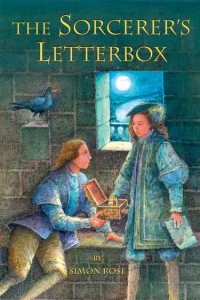Historical Fiction: Part Seven – Characters
 The characters in your historical fiction novel can be entirely imaginary or they can be real people from history. However, whether they once existed or are purely fictional, the characters still need to be ones that the reader can understand and identify with. Characters also need to behave in a realistic manner and in a way that’s appropriate for the time period depicted in the story.
The characters in your historical fiction novel can be entirely imaginary or they can be real people from history. However, whether they once existed or are purely fictional, the characters still need to be ones that the reader can understand and identify with. Characters also need to behave in a realistic manner and in a way that’s appropriate for the time period depicted in the story.
You can use a well-known character from history in your story, such as Julius Caesar, Cleopatra, Genghis Khan, Columbus, Leonardo Da Vinci, Michelangelo, Napoleon, or Churchill. This will be more appealing to the reader. Even if these figures aren’t the main characters in your story, you can create fictional characters that interact with them.
In The Sorcerer’s Letterbox, Jack travels back to 1483 and meets Edward V and Richard III in the Tower of London. I undertook research into both characters to ensure that they were accurately represented in the story. It was also important to make sure that Richard III could conceivably have been present in the Tower of London at the time the story is set. If you include a real historical character in a scene that takes place on a date when this particular individual wasn’t in London, out of the country, or had even already died, your story will lack credibility, to say the least. The other characters in the novel, such as Tyler, Meg, and the other outlaws, are accurate representations of people that would have lived at the time.
In The Heretic’s Tomb, Lady Isabella Devereaux, Will, Sir Roger de Walsingham, Fitzwalter, Skerne, the abbess, and others are fictional but are based on plausible medieval characters. They also act and speak in a manner that’s appropriate for England in 1349.



